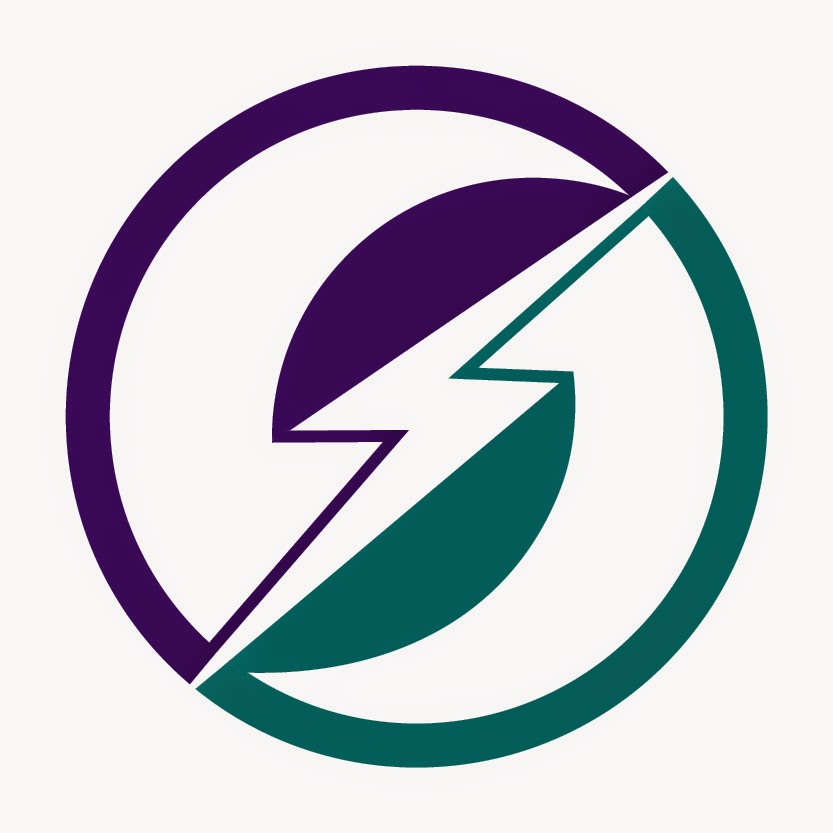Graphene Battery or Production of New Energy Vehicles Will Be Accelerated
December 26, 2014 , the US electric carmaker Tesla released an updated version of the discontinued two years ago, the first generation model Roadster , the mileage of 644 km , 60% higher than the original . Advances in battery technology , to enhance the performance of Tesla products. Prior Roadster Mileage is 393 km . Tesla CEO Musk said Tesla high-performance graphene battery , compared to the current capacity increase of nearly 70 percent . British scientists have invented graphene after 10 years , the application of the battery with great breakthrough. In early December, the Western media reported that Spain and the Spanish company Graphenano Cordoba University to develop graphene battery, a charging time of just eight minutes , can travel 1000 km . It is graphene researchers called " super cell ." "We still understand the situation, the specific situation in Spain is proving such a battery , if t



